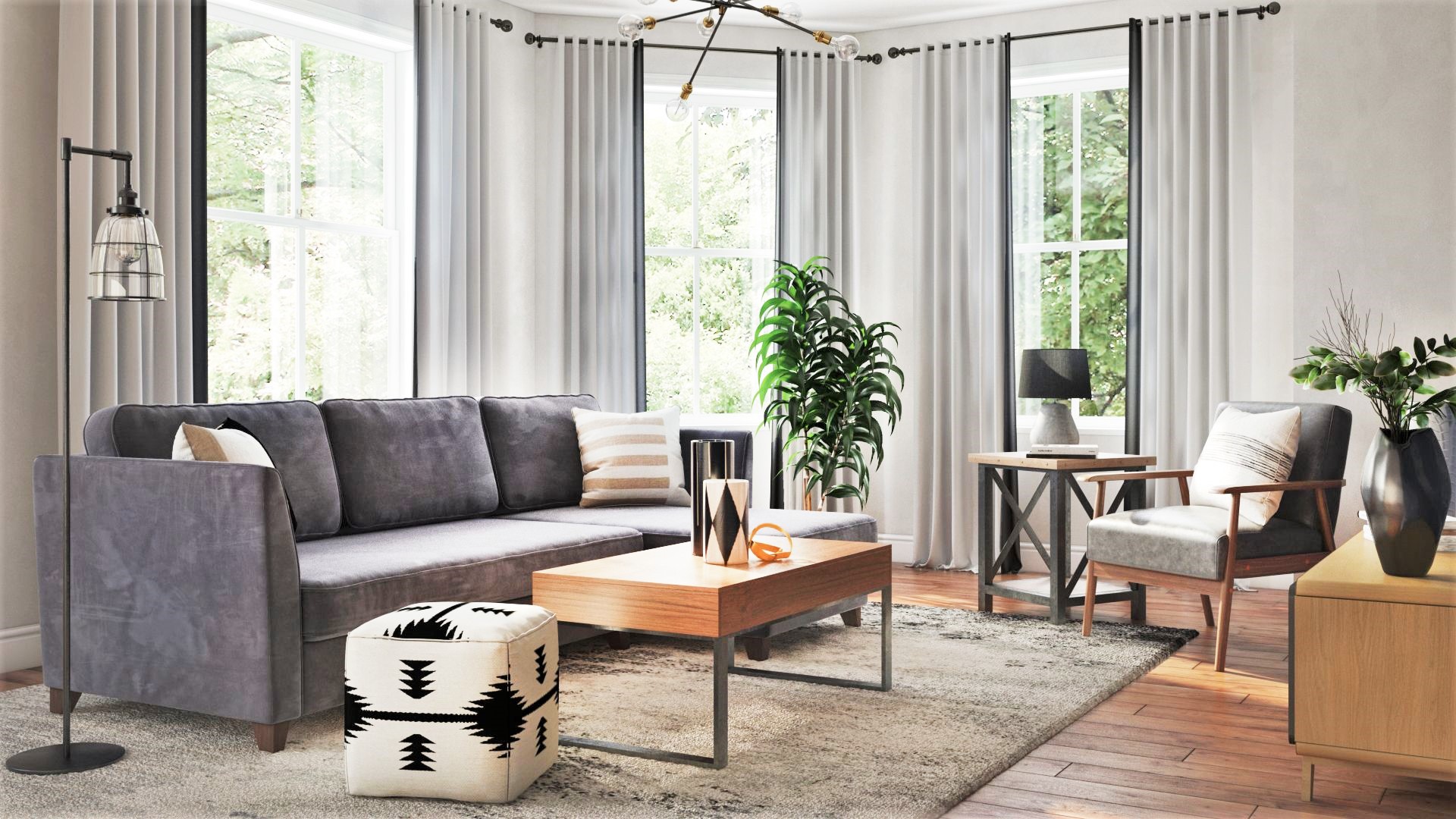Neurodiversity and Interior Design. Why Neurodiversity Matters in Interior Design
Neurodiversity is all about embracing the fact that our brains work in beautifully different ways—just like how people come from diverse cultures and backgrounds. It includes conditions like autism, ADHD, dyslexia, sensory processing differences, and more.
For interior designers, understanding neurodiversity means designing with empathy, creativity, and flexibility to make sure spaces feel comfortable and functional for everyone.
The world of interior design is shifting to be more inclusive, and that’s exciting! Designers are learning how to create sensory-friendly, adaptable spaces that truly work for the people living in them. Because at the end of the day, our surroundings shape how we feel, think, and function—and for neurodivergent individuals, that impact can be even greater.
A space that’s too bright, cluttered, or noisy can feel overwhelming, while a well-thought-out, personalized design can promote calm, focus, and a sense of ease. Since neurodivergent experiences vary so much, there’s no one-size-fits-all solution. That’s why listening to individuals and families is key—understanding their unique needs, routines, and preferences helps create a space that truly supports them.
Great design isn’t just about looks—it’s about making sure every home feels like a place where people can thrive. When we design with neurodiversity in mind, we’re not just making spaces beautiful—we’re making them meaningful.






